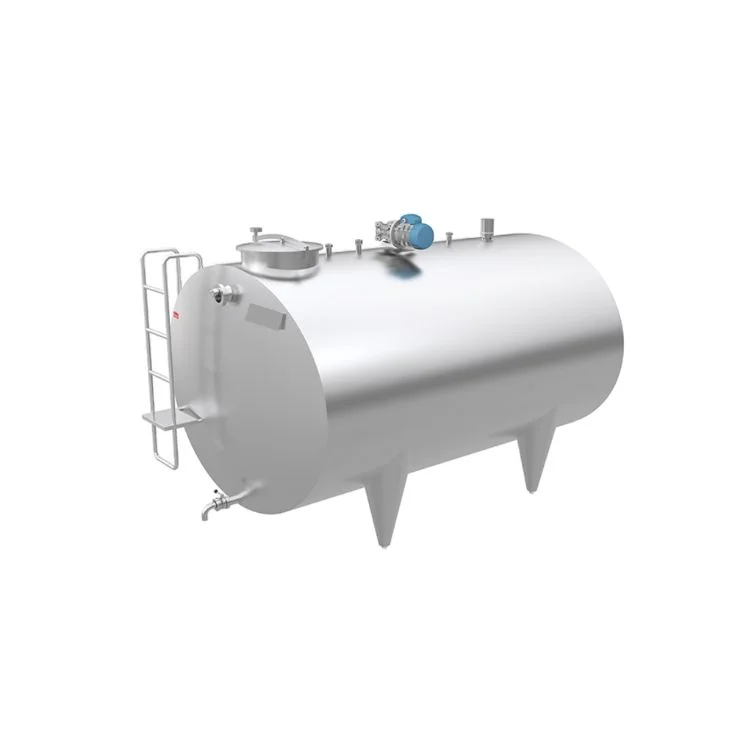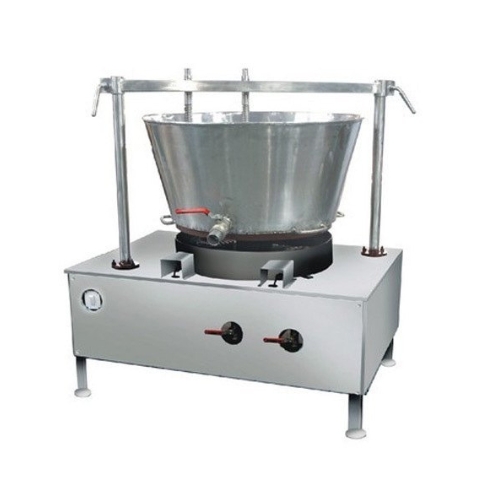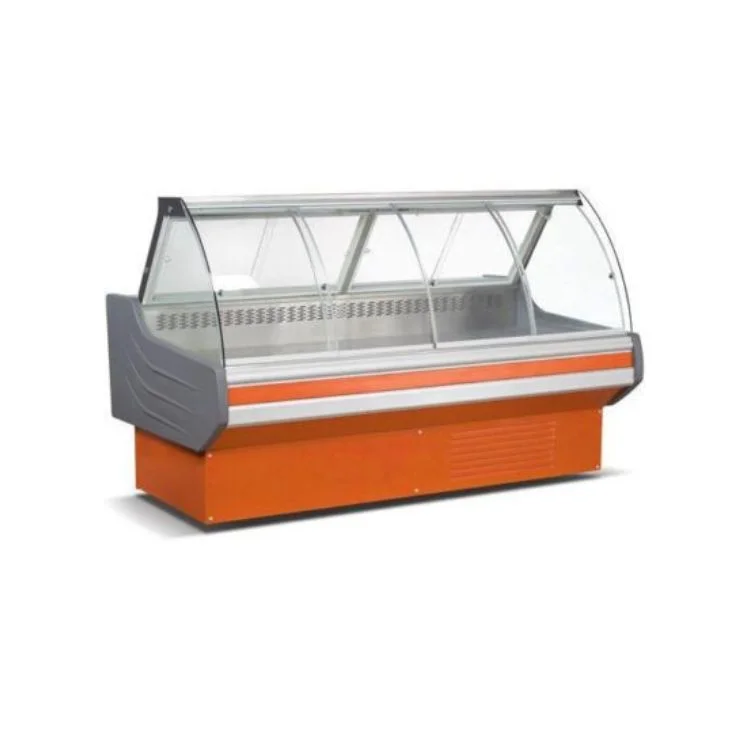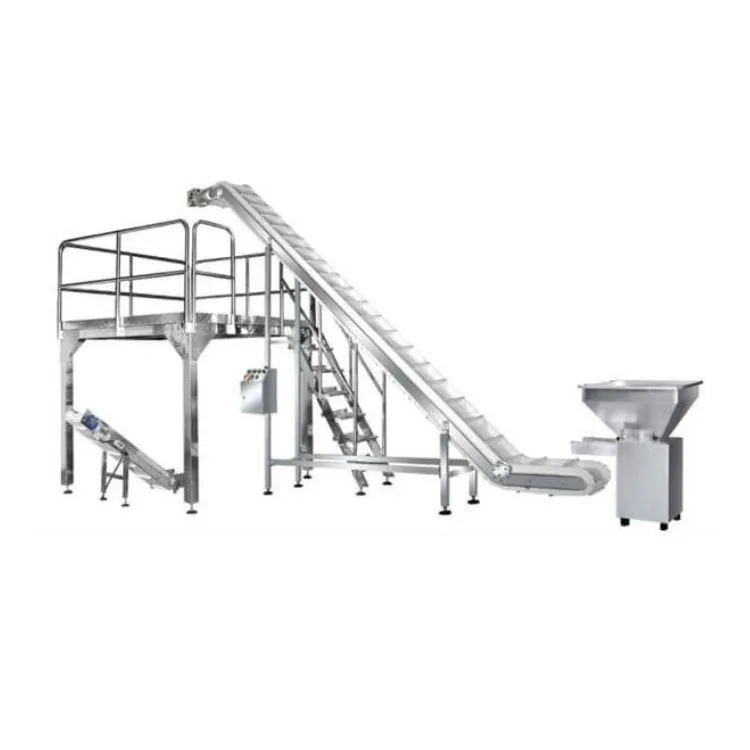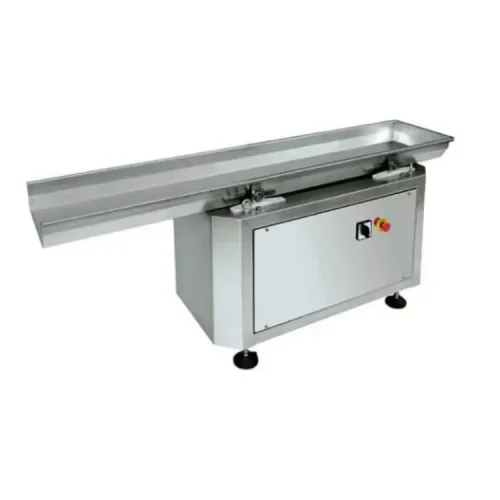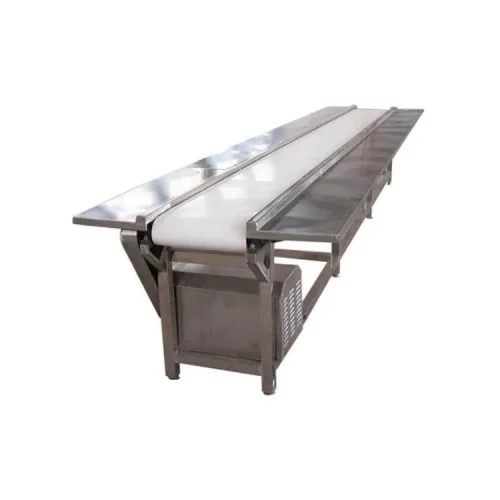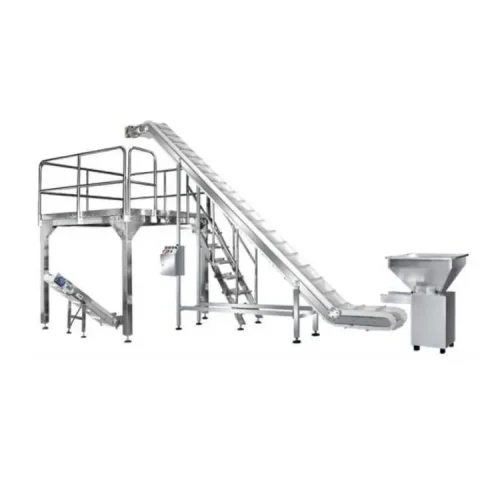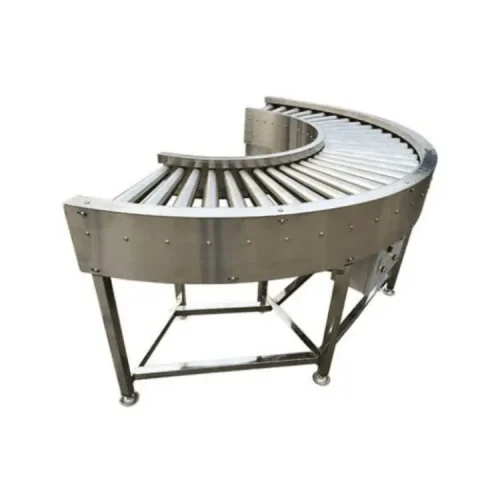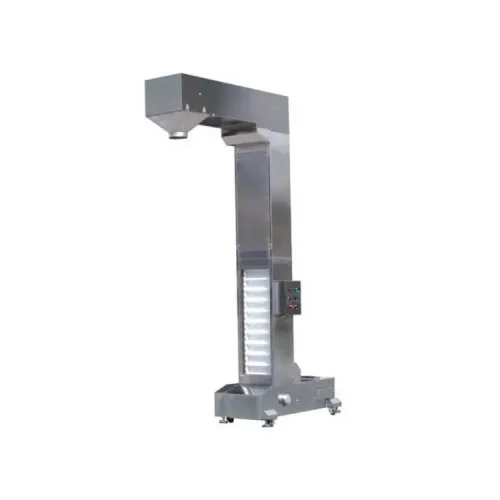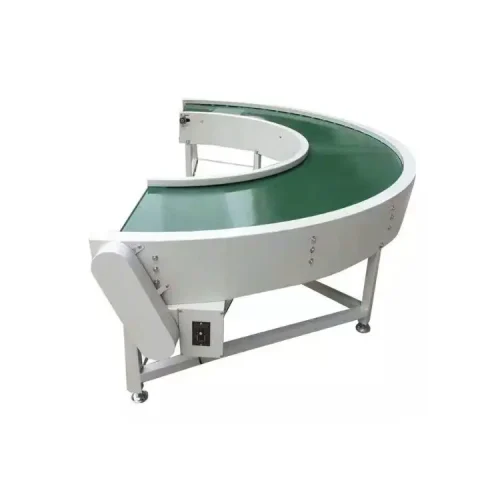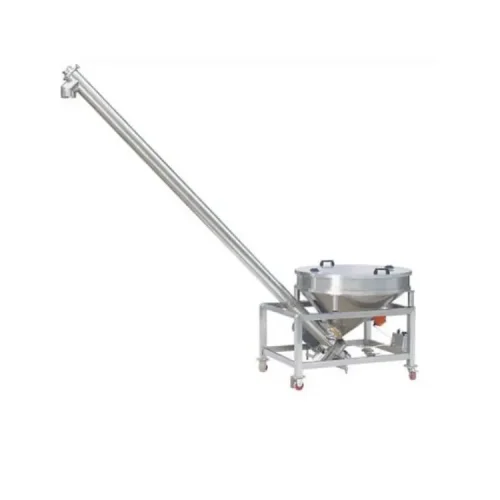Elevating Food Safety Standards: Harnessing the Power of Inclined Food Grade Belt Conveyors
Food safety is a top priority in the food industry, and manufacturers are constantly seeking innovative solutions to ensure that their products meet the highest quality standards. Inclined food grade belt conveyors have emerged as a game-changer in this regard, offering a range of benefits that elevate food safety standards to new heights.
These specialized conveyor systems are designed to transport food products at an incline, allowing for seamless movement and reduced risk of contamination. With features such as easy-to-clean surfaces, sanitary construction, and flexible configurations, inclined food grade belt conveyors provide a hygienic and efficient solution for transporting goods in a way that minimizes the potential for foodborne illnesses.
By harnessing the power of inclined food grade belt conveyors, manufacturers can prevent cross-contamination, maintain product integrity, and meet the stringent safety regulations imposed by governing bodies. With their ability to handle various types of food products, these conveyors are a versatile and indispensable component of any modern food processing facility.
The importance of inclined food grade belt conveyors in food safety
In the food industry, maintaining the highest level of food safety is crucial to protect consumers from potential health risks. Cross-contamination, product integrity, and adherence to safety regulations are key concerns that manufacturers need to address. Inclined food grade belt conveyors provide an effective solution to these challenges by minimizing the risk of contamination and ensuring the safe transportation of food products.
One of the primary advantages of using inclined food grade belt conveyors is their ability to transport goods at an incline. This feature allows for seamless movement and reduces the risk of contamination compared to traditional conveyor systems. By eliminating the need for manual handling or transfers between different conveyors, inclined belt conveyors minimize the potential for cross-contamination, ensuring that food products remain safe and free from any unwanted substances.
Furthermore, inclined food grade belt conveyors are designed with easy-to-clean surfaces and sanitary construction, making them highly hygienic. These conveyors are typically made from materials that are resistant to corrosion, bacteria, and other contaminants. The smooth surfaces and seamless design make it easy to maintain cleanliness, preventing the accumulation of debris or pathogens that could compromise food safety.
Advantages of using inclined food grade belt conveyors
Inclined food grade belt conveyors offer numerous advantages that contribute to enhanced food safety standards. Apart from minimizing the risk of contamination, these conveyors provide several other benefits that improve the efficiency and productivity of food processing operations.
Firstly, inclined belt conveyors are highly versatile and can handle a wide range of food products. From delicate fruits and vegetables to heavy jars and containers, these conveyors can transport goods of various shapes, sizes, and weights. This versatility allows manufacturers to streamline their production process and optimize the flow of products, reducing the risk of bottlenecks and ensuring that food items are transported efficiently and effectively.
Secondly, inclined food grade belt conveyors offer flexible configurations. They can be customized to meet the specific needs of each food processing facility, accommodating different layouts and floor plans. This adaptability enables manufacturers to maximize the use of available space, ensuring that the conveyor system fits seamlessly into the production line without causing disruptions or inefficiencies.
Types of inclined food grade belt conveyors
Inclined food grade belt conveyors come in various types, each designed to meet specific requirements and industry standards. Here are some of the commonly used types:
- Cleated Belt Conveyors: These conveyors feature cleats or raised sections on the belt surface, providing extra grip to prevent products from sliding or falling during transportation. Cleated belt conveyors are ideal for handling loose or bulk food items that need to be securely transported at an incline.
- Modular Plastic Belt Conveyors: These conveyors utilize interlocking plastic modules to create a continuous belt surface. The modular design allows for easy customization and maintenance, making them suitable for food processing facilities that require frequent changes in conveyor configurations.
- Wire Mesh Belt Conveyors: These conveyors use a mesh belt made from stainless steel or other food-grade materials. The open design of the mesh belt allows for efficient airflow and drainage, making them suitable for applications that involve washing, cooling, or drying food products.
Design considerations for inclined food grade belt conveyors
When incorporating inclined food grade belt conveyors into food processing operations, certain design considerations should be taken into account to ensure optimal performance and food safety. These include:
- Material Selection: The choice of materials for the conveyor system is critical to meet food safety regulations. Stainless steel, for example, is a common material used in food-grade conveyors due to its corrosion resistance, durability, and ease of cleaning.
- Sanitary Design: The conveyor system should be designed with sanitary features such as open framework, smooth surfaces, and easy access for cleaning. This prevents the accumulation of debris or bacteria, ensuring that the conveyor remains hygienic and compliant with food safety standards.
- Conveyor Belt Tracking: Proper belt tracking is essential to prevent the belt from slipping or misaligning during operation. This can be achieved through the use of tracking devices or regular maintenance checks to ensure that the belt remains centered and aligned.
Maintenance and cleaning of inclined food grade belt conveyors
Regular maintenance and cleaning are crucial to ensure the longevity and performance of inclined food grade belt conveyors. Proper maintenance practices not only extend the lifespan of the equipment but also contribute to food safety by preventing the buildup of contaminants or debris.
Maintenance tasks for inclined belt conveyors may include routine inspections, lubrication of moving parts, and belt tension adjustments. Additionally, frequent cleaning should be carried out to remove any food residues, spills, or debris that may accumulate on the conveyor surfaces. The use of food-safe cleaning agents and appropriate cleaning techniques is essential to maintain the hygiene and integrity of the system.
Choosing the right inclined food grade belt conveyor for your business
Selecting the appropriate inclined food grade belt conveyor for your business requires careful consideration of various factors. These may include the type of food products being handled, production requirements, available space, and regulatory compliance. Consulting with conveyor experts and conducting thorough research can help businesses make informed decisions and choose a conveyor system that best suits their specific needs.
FAQs
An inclined food grade belt conveyor is a type of conveyor system designed specifically for transporting food products on an incline. It utilizes a continuous belt to move items up or down at an angle, ensuring a smooth and efficient flow of food materials.
Food grade belt conveyors are constructed with materials that meet strict hygiene and safety standards, making them suitable for the food industry. Choosing an inclined design helps optimize space and facilitate the seamless movement of food products between different elevations.
Inclined food grade belt conveyors are versatile and can handle a wide range of food products, including packaged goods, fruits, vegetables, grains, baked goods, and more. The conveyor's design ensures the safe and contamination-free transport of various food items.
Some key advantages include space optimization, efficient vertical transport, gentle handling of products, and compliance with food safety regulations. The inclined design minimizes the footprint while maintaining a high level of hygiene.
Food grade belt conveyors are designed with materials that are easy to clean and sanitize. They often feature smooth surfaces, minimal horizontal surfaces, and removable parts for thorough cleaning. Conveyor belts are typically made of materials that resist bacterial growth and are safe for contact with food.
Safety features may include emergency stop buttons, protective guarding, interlocking systems, and sensors to detect potential issues. Regular maintenance and operator training are also essential for ensuring safe operation.
Yes, these conveyors are often customizable to meet specific industry or product requirements. Customizations may include belt type, width, speed, material of construction, and additional features based on the unique needs of the food processing facility.
Regular maintenance is crucial to ensure optimal performance. This may include routine inspections, lubrication of moving parts, checking belt tension, and addressing any issues promptly. Following the manufacturer's recommended maintenance schedule is essential.
Yes, many food grade belt conveyors are designed to withstand wet or washdown environments. Stainless steel construction and waterproof components are often used to prevent corrosion and maintain hygiene in areas where water exposure is common.
Yes, these conveyors are often designed with versatility in mind and can be integrated into existing food processing lines. Manufacturers may provide customization options to ensure seamless integration with the specific layout and requirements of a facility.


